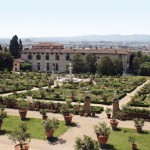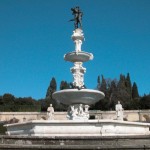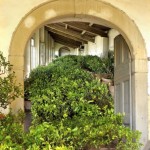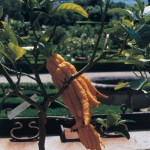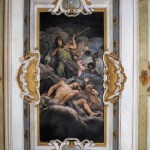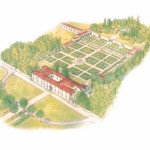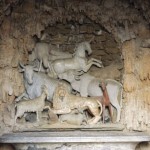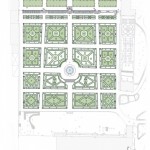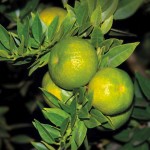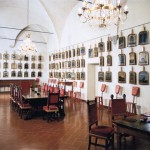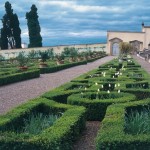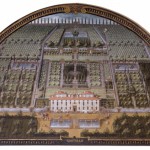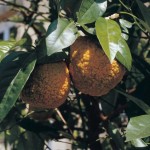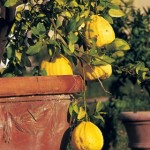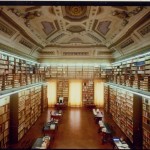Home of the prestigious Accademia della Crusca, the Medici Villa in Castello is a beautiful 14th-century building.
In 1480, the villa was bought by the brothers Lorenzo and Giovanni di Pierfrancesco de’ Medici, cousins of Lorenzo the Magnificent. It was the childhood residence of Giovanni’s son, Giovanni dalle Bande Nere. Lorenzo di Pierfrancesco de’ Medici commissioned Sandro Botticelli The Birth of Venus and Primavera to decorate this villa, where both appear to have remained until at least 1550.
Damaged during the 1530 siege of Florence, the Castello villa’s restoration was undertaken by Cosimo I, who entrusted it to the care of Giorgio Vasari and Niccolò Tribolo. Precisely for Tribolo’s design alone, the garden is considered one of the greatest examples of contemporary landscape architecture, such that Vasari himself described it as “one of the most magnificent gardens in Europe.”
Cosimo’s intentions were for the villa and the garden to be the symbol of the grand-ducal power to which the Medici family had ascended a few years earlier. The project involved the construction of a miniaturized Tuscany, over which Cosimo reigned staunchly and decisively: Ammannati’s statue symbolized the Apennine, while the two brooks flowing from the two rustic fountains represented Florence’s rivers of the Arno and the Mugnone.
The sculptures placed along the garden with references to the virtues of the Medici, enclosed the scene. Now found at the nearby Villa della Petraia, the statue of Venus Fiorenza originally was located in this garden.

